Site Information: Laura’s habitat in Cedar Hills in Washington County has full sun, part sun, and shade light conditions and dry to wet soil conditions as well as a slope
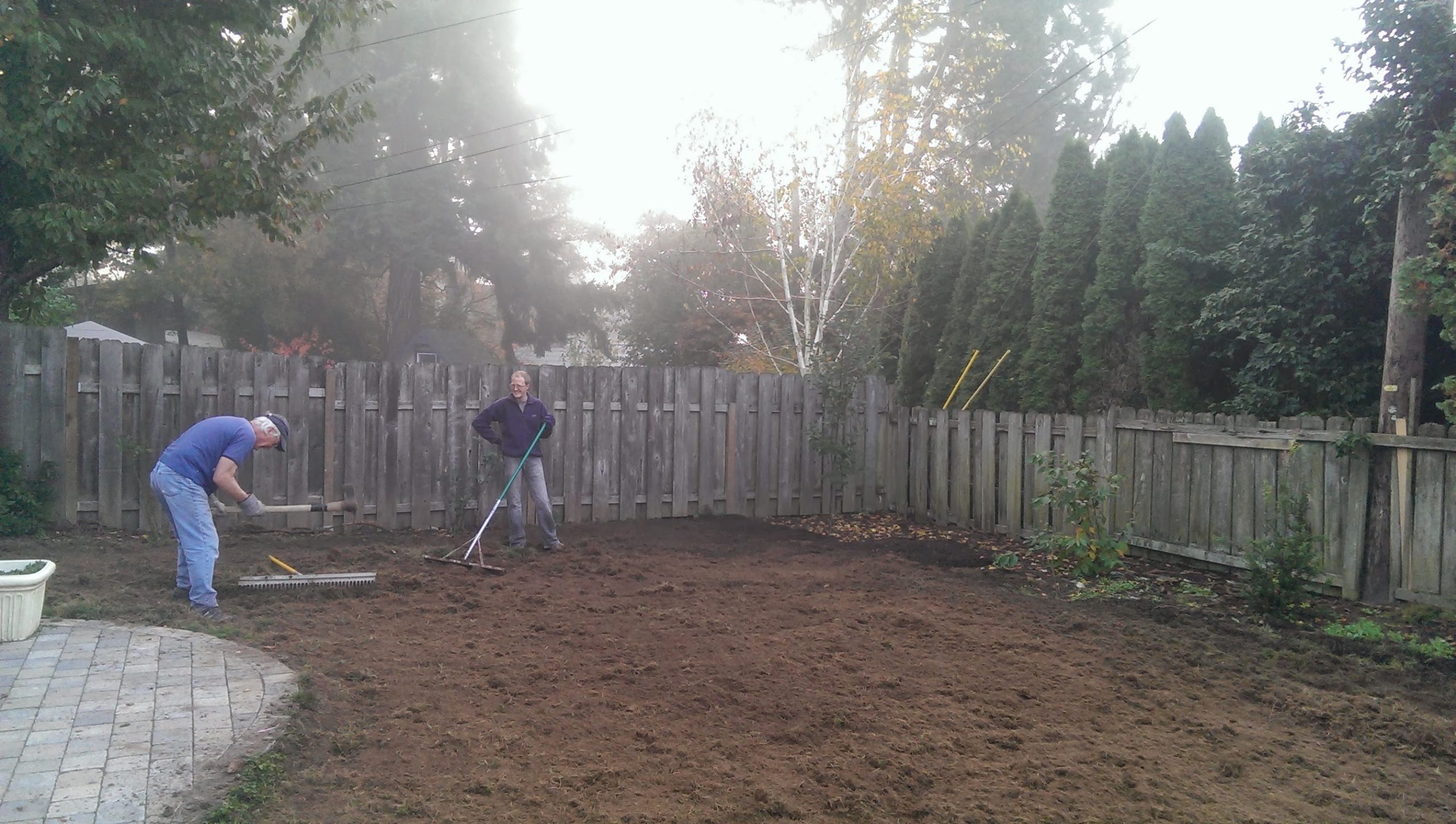
What inspired you to enroll in the Backyard Habitat Certification Program?
My sister is a former member in East Portland. We grew up learning and loving native plants – on the east coast – so when I purchased this home in 2011 I was really excited about turning the yard and gardens into my own little ‘edge of the woods.’
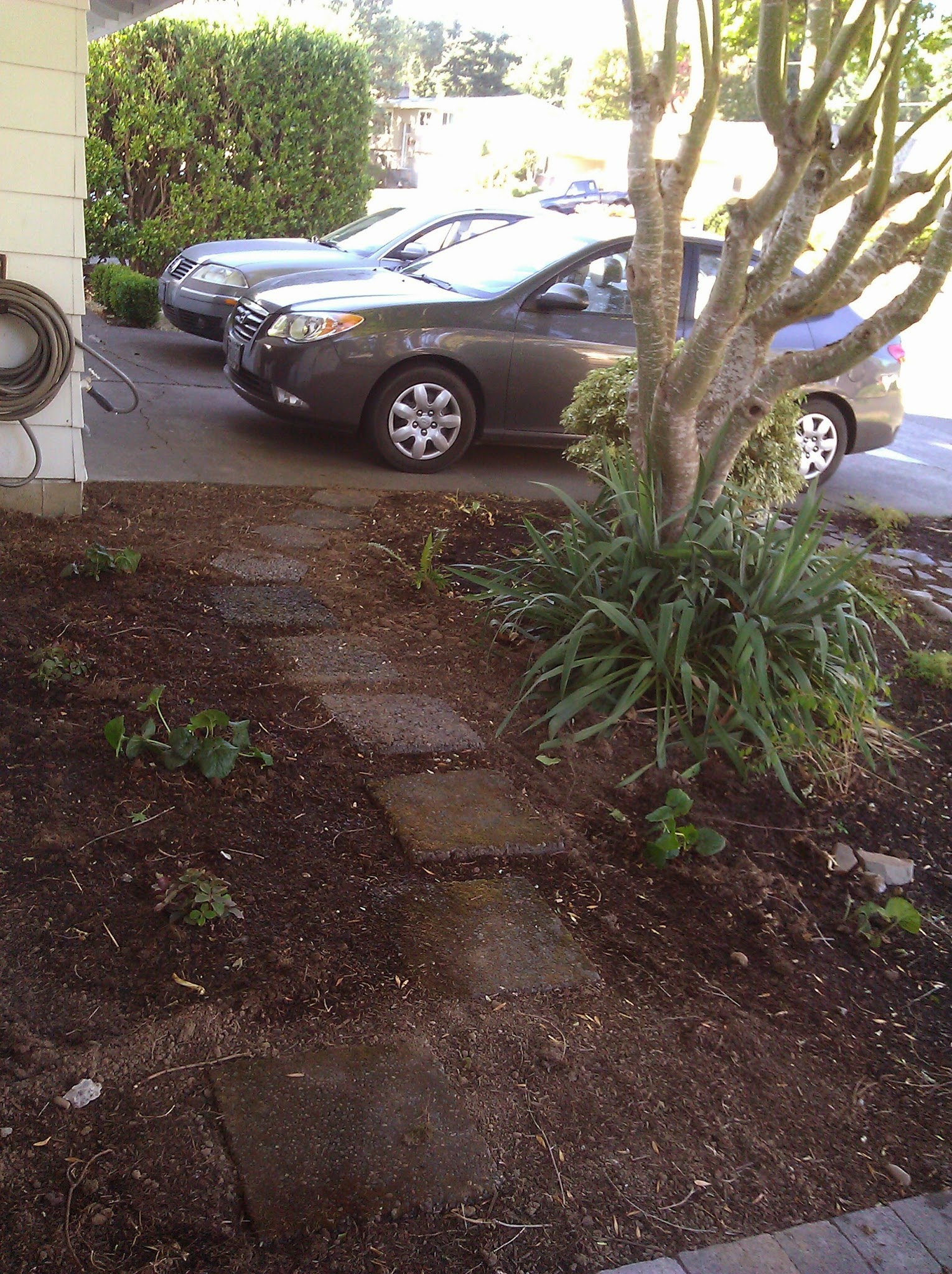
How would you describe your habitat?
PNW natives with a heavy emphasis on Willamette Valley natives and pollinators. We disconnected only 1 downspout to create a rain garden, so we do not do as much stormwater management.
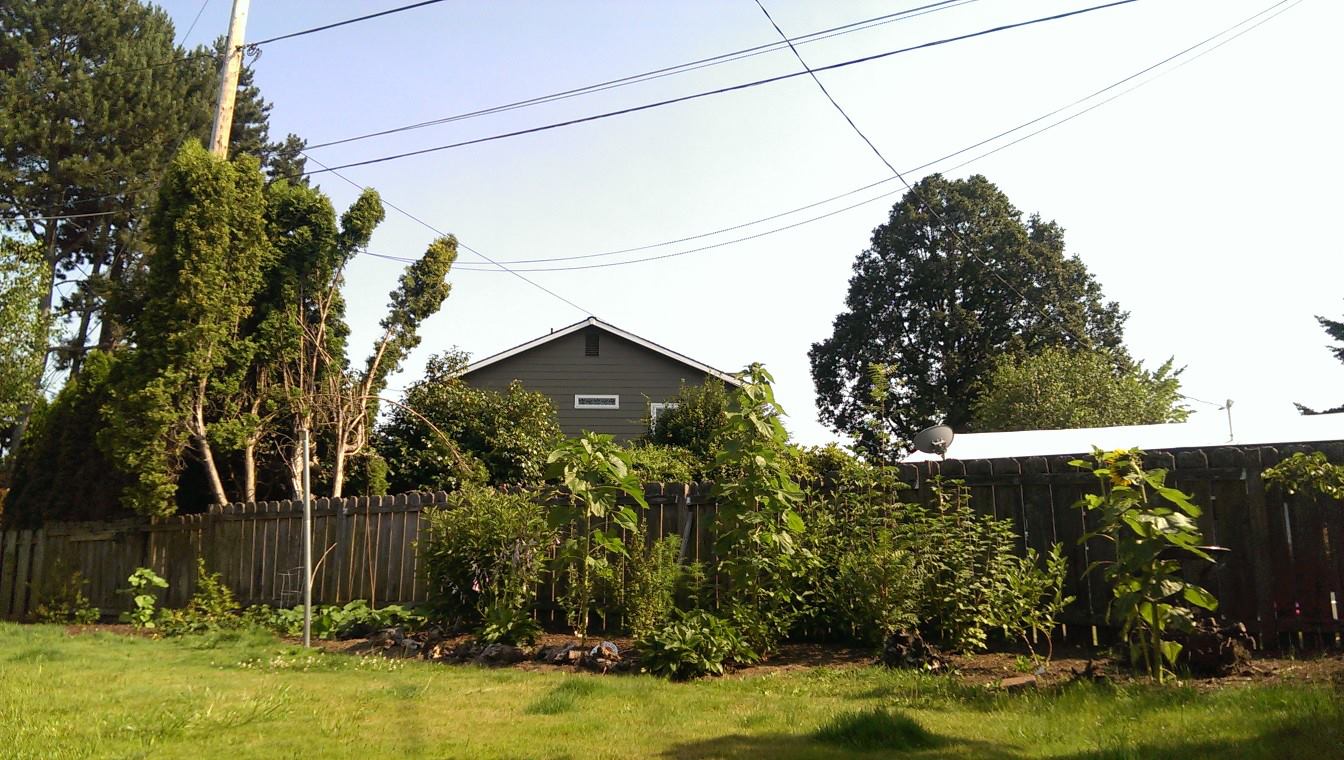
What are your top three favorite native plants and why do you love them?
My hawthorn tree: there are ALWAYS birds in it! It’s grown in so nicely and it routinely leaves scratches that reminds me no matter where I am that I’d rather be gardening.
My native dogwood: it took a few months to track one down and it had a hard year or two at the beginning but now it’s thriving and it blooms multiple times a year (!) and even if it doesn’t have the showy pink, it fits right in next to the snowberry and all the native grasses.
My broadleaf stonecrop: my very first Oregon native plant purchased at THPRD’s native plant sale in the fall of 2009. It lived in a pot, making my apartment feel like home until I could give it a proper home in 2011. Every time it blooms I feel like I’ve found home all over again.
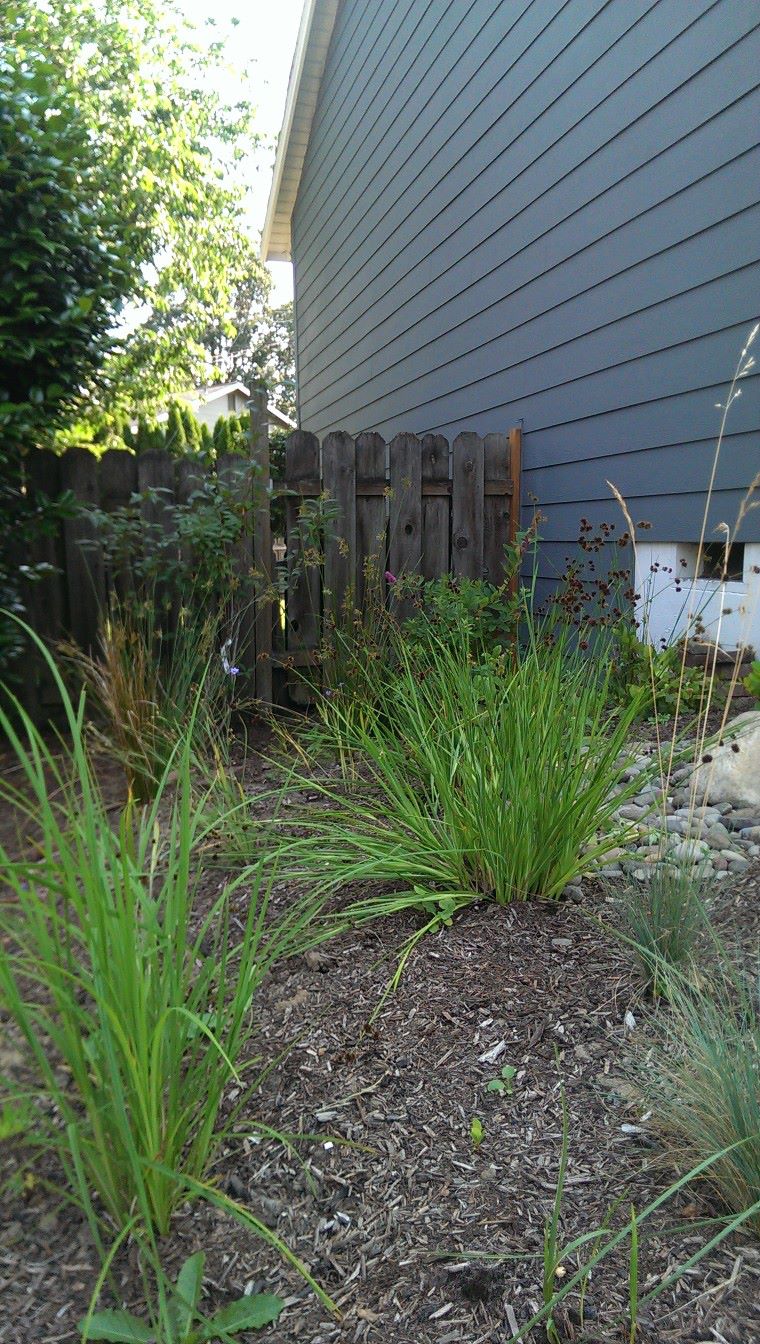
What changes have you observed as a result of creating habitat?
Lots more birds! We have a hummingbird (or three) that come daily now. There are definitely at least 2 families of birds that live in our hedgerow [serviceberry, alpine currant, red currant, red-osier dogwood, evergreen huckleberry, joe pye weed, pussy willow (feels like where I grew up), witchhazel, osoberry, and cranberry viburnum] and the local woodpecker regularly visits! Now that the aspen trees are big their leaves make even the hottest summer day feel cooler. Since it’s a fairly established garden, I only have to fuss and set up drip lines for the new plants so it thrives and looks wonderful no matter how busy I am with the kids or the job.

What were the two most significant challenges you encountered while creating habitat, and how did you address them?
Full, very hot sun. I committed to using my drip-system for the first 3 summers to make sure I didn’t lose any of my hedgerow. After that, it’s been on its own.
And grass removal. We had the english holly removed professionally (it was over 15ft tall) and took out the rest of the shrubs on our own, but grass removal is just Hard Work. We took out the WHOLE back yard and replanted with a low-mow mix of clover, yarrow, and english daisy. Since then, we’ve been slowly taking it out as our beds expand. I use chemicals as rarely as possible… so it requires digging, flipping, soil cutting, compost/mulch. But the results are worth it. We’ve more than tripled the size of plantable space in lot and every year we expand a bit more.

What resources did you find especially helpful?
We took the rain garden installation class way back, which was VERY helpful for creating that first front-yard garden. And I rely on “Encyclopedia of Northwest Native Plants for Gardens and Landscapes” and “Gardening with Native Plants of the Pacific Northwest” when planning what and where I’m going to plant next

How do you enjoy your Backyard Habitat throughout the different seasons? What are its highlights in each season?
Spring is, of course, the showiest time. The currants and dogwood and everything are just full of life. But I really love the winter when our hedgerow goes dormant and I can see what volunteers has started growing in the deep thicket and shade.
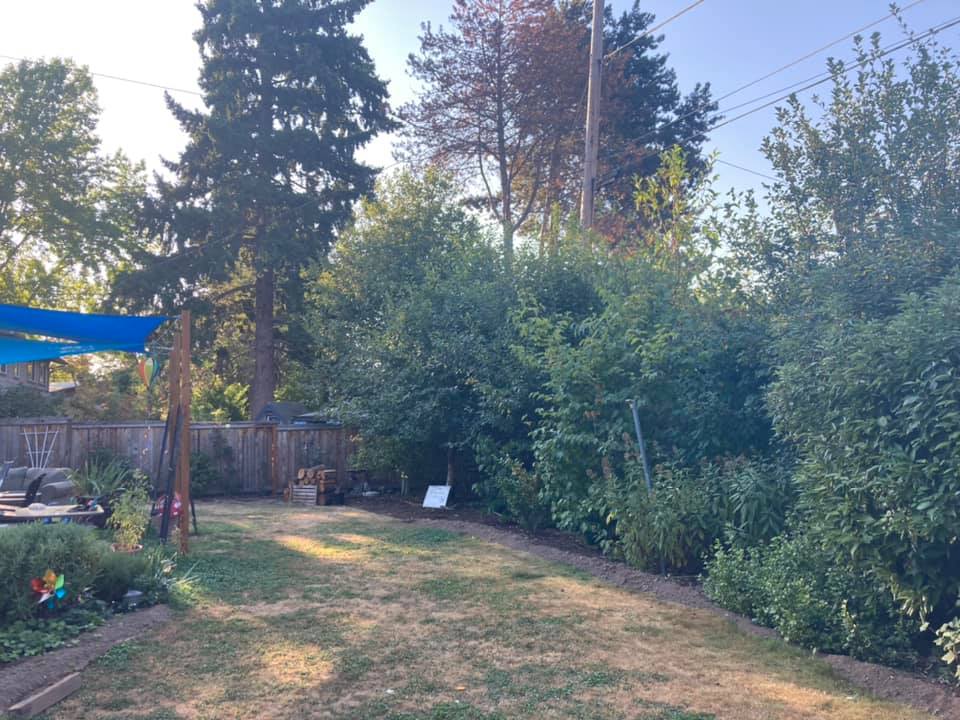
What part of your backyard habitat are you most proud of?
My hedgerow: it was worth the first few years of caretaking and now it’s like looking a slice of forest

Is there anything else you’d like to add about your journey?
…that it IS a journey. Every year things are different. Some years (like when I had my second kiddo) not much happens on my end but it’s always waiting for me to come back!
